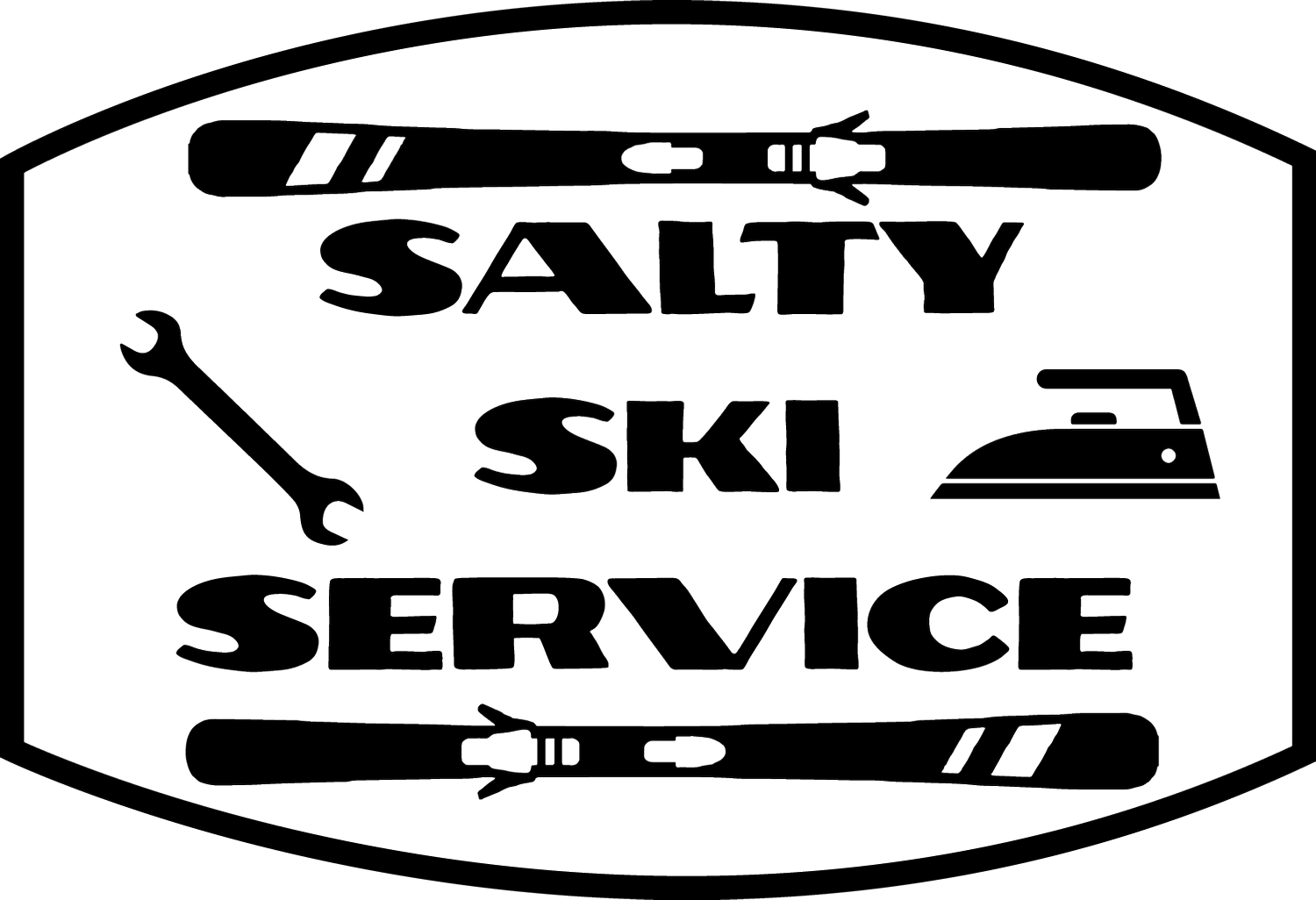Basics of Ski Maintenance (pt 3)
End of Season Snowboard and Ski Care
Have you ever pulled your snowboard or skis out of their bag and found rust on the edges? Or have you found the base of your snowboard or skis looking grey? Good prep and storage will ensure that your snowboard or skis do not get rust or damage through the summer. Read on to learn more.
With the approach of Alta’s classic Frank, the rushing creek in Little Cottonwood, and muddy foothills, Spring is officially upon the Salt Lake Basin. Before you hang up the goggles and set down your snowboard, there are a few things that should be addressed to make sure you start the next season ready to hit the slopes. Below, we walk you through all of the steps:
Base Damage Check: First, let’s assess the wear, tear and damage that your skis or snowboard has sustained throughout the season. Begin with the bases and look for scratches, gouges, dents, de-lamination, and dry bases. Each of these can be fixed, but may need varying levels of care.
Scratches: Small, superficial marks that are not deep into the base of your ski or snowboard. Usually these can be filled with P-tex, or smoothed over with hot wax. If you have a ski wax kit, these may also be addressed with a DIY approach, or can be handled by our mobile ski shop for a smooth finish.
Small Gouges: These are scratches that are deeper than a core shot, and can be filled with P-tex in most instances. If you’re not sure if P-tex is needed, feel free to call or send us a text if you want to see what we would recommend.
Large Gouges & Core Shots: Anytime the core material of your ski or snowboard is exposed, it will need addressed as soon as possible to prevent water damage and delamination. Some large gouges can be filled with P-tex (see Ski & Snowboard Damage), but others may require a Pro Tune, where a mix of P-tex and epoxy is used to properly seal and protect the core.
De-lamination: This is when the layers of the ski or snowboard begin to separate - often due to un-addressed core shots. These are usually fixed with epoxy in a Pro Tune, and will most often require professional services.
Dry Bases: If the base of your snowboard or ski looks like it was dusted with flour, it’s likely because the bases are dry! This can be quickly addressed with a hot wax to prevent damage and prepare the skis for storage.
Edge Damage Check: Next, move onto your edges. Here, you’ll look for dents, burrs, rust, and dull edges. Most of these will be fixed with a grind and resetting your edge at the appropriate angle.
Dents and Burrs: Small divots or burrs can affect your grip on the snow, cut your handles while carrying the skis, and be a spot that rust can form. This is fixed with a simple edge and wax, to smooth out any of the imperfections.
Rust: If you’ve found rust on your edges in any spots, this should be addressed as soon as possible. Rust will corrode your edges if left long enough, but is a simple fix with an edge and wax. Grinding your edges will remove surface wax, and a wax will provide the protective layer to prevent any corrosion during storage.
Overall Damage Check: Take a look over the rest of your skis or snowboard. Address any damage to your bindings, adjust your stance for the next season, and make sure your gear is ready to go.
Pro Tip: Now is the best time to go shopping for outdoor gear! It may feel strange to be searching for snow gear as it all melts away, but TRUST us, it’s the cheapest time of the year to buy!Bindings Check: Ensure your bindings are secure and undamaged, without any loose screws or missing pieces.
Stance Adjustment: Experimenting with different stance settings in the off-season can lead to better control and comfort.
Pre-Storage Preparations: Based on the damage you’ve sustained over the season, you may need varying levels of service, from a hot wax to a pro tune.
Drying: First, and most importantly, make sure everything is DRY. Let your skis or snowboard sit indoors for 12 hours to let all of the packed in snow and ice melt away and dry. This is very important.
Waxing: Apply a storage wax to protect the bases and edges from drying out and rusting. This layer of wax should be thicker than your typical application and not scraped off until you're ready to use your gear next season. Why wax before storage? It keeps you bases from drying out in the Utah heat, and prevents any oxidation of your edges and the possibility of rust forming.
Storage Location: Choose a cool, dry place away from direct sunlight to store your equipment. Avoid places with drastic temperature changes to prevent the base and edges from drying out. In Salt Lake City, try to not store your skis in uninsulated attics and cars, as these can be particularly hot in the summer months.
As always, Salty Ski Service can provide a same day ski or snowboard tune up or wax to ensure that you are in good shape to hit the slopes or to stow your board away! If you’d like insight on what your skis or board needs, send us a text or give us a call, we’re happy to help you out!


